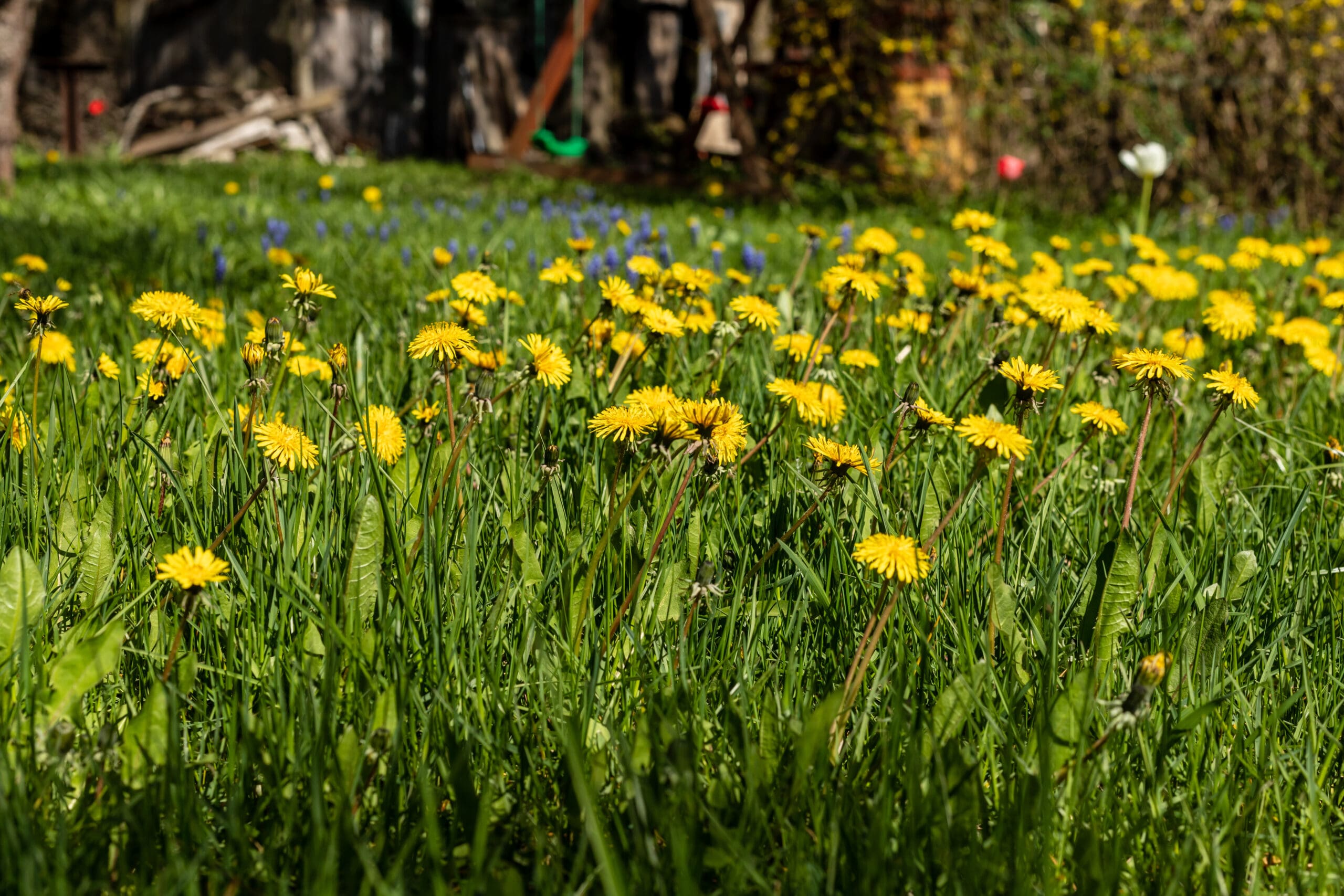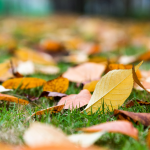
“Now Mow May” is a popular movement that encourages homeowners to withhold their first lawn mowing until the first of June. For environmentally conscious homeowners, No Mow May can truly seem like a win-win. Help out some pollinators while delaying their mowing services for a whole month, what’s not to like?
However, when you start to dig a little deeper into this trend, a world of nuance is being overlooked. In some areas, No Mow May is already experiencing pushback as cities become inundated with complaints. Des Moines, Iowa, for instance, walked back their endorsement of the movement after a year.
What Is No Mow May?
The movement was initially started in 2019 by Plantlife, an organization based in the United Kingdom. Their goal was to encourage homeowners to stop mowing for the whole month of May, allowing flowering plants to thrive and ‘feed the bees.’
It soon caught on in parts of the U.S. as well and cities began encouraging the practice as a way to support pollinators, providing them with more food sources. It also has become popular with lawn detractors as form of rebellion.
Ironically, some of the research originally shared in support of No Mow May was retracted after finding inconsistencies between the published summary data and raw data. In the research world, having a research paper retracted is a big black eye.
Drawbacks of No Mow May
This feel-good movement is intended to benefit bees, but in fact, it can have a negative impact on bees and surrounding plant life.
Part of the reason No Mow May is no good is because it doesn’t translate well in the U.S. In the United Kingdom, their native weeds are suited to the bee species there. North American native bees evolved to depend on different plants so the ones that will crop up in an unmowed yard are not the best ones for bees to be dining on.
Benjamin Vogt, owner of Monarch Gardens, LLC, based in Lincoln, Nebraska, points out that people may assume if they participate their lawn will suddenly start sprouting asters, coneflowers and prairie clover. However, if the house is built on an urban lot, these types of plants aren’t in the seed bank because the house wasn’t built on a remnant prairie.
Instead, what will appear are non-native plants and aggressive weeds like crabgrass, creeping charlie and barnyard grass. Other weeds, like dandelions, are a detrimental food source for bees. According to Rewilding, it’s been found queen bumblebees eat their own eggs when fed a diet of dandelion pollen, which is protein deficient. Additionally, studies have found dandelions are also deficient in tryptophan, the absence of which increases food intake, aggressiveness and mortality in bees.
As if that weren’t enough, dandelions also have pollen that reduces the reproductive success of native wildflowers, impacting the native plant communities.
No Mow May also creates a habitat for pests like ticks, fleas, mosquitoes, rodents and snakes to thrive. The damp, shaded condition of an overgrown lawn can promote fungal diseases.
When it is time to finally mow the lawn once more, it can be more of a challenge because mowing too much of the height of the lawn at once can shock the lawn, causing it to turn yellow. Clippings become a problem as well. Wet grass clippings can clump and smother the grass beneath it. Soil compaction can also occur with overgrown yards, stunting grass growth and allowing more weeds to take root.
Last, but certainly not least, there’s the simple complaint that lawns left unmowed for an entire month detract from property values. It can result in complaints from neighbors and possible penalties or fines as many cities and HOAs have regulations on maximum grass heights.
Practical Alternatives
While the intentions behind No Mow May are good, the execution causes more harm than good. Rather than feeding bees junk food for a month and returning to business as usual, a more sustainable option is incorporating wildflower patches or pollinator gardens in the landscape. This provides the varied diet bees need throughout the year.
Vogt suggests homeowners think more intentionally about their landscapes and determine where they need lawn space based on their needs and if it can be downsized. Simply stopping mowing for a month does not achieve any long-term assistance for pollinators.
Advocates for No Mow May claim Americans need to embrace the ‘messy’ look of unmowed lawns, but one study found lawns not mown for three weeks straight had fewer pollinators because the overgrown lawn makes it harder for bees to access the flowers than in a lawn mowed every two weeks.
Focus on mowing at the right height and the right frequency rather than not at all.



